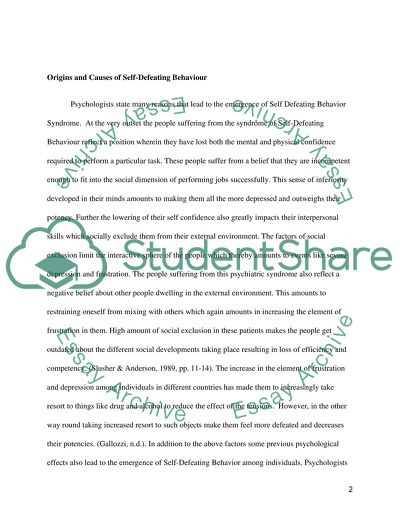Cite this document
(“Describe and evaluate two approaches to the treatment of Essay”, n.d.)
Retrieved from https://studentshare.org/environmental-studies/1407123-describe-and-evaluate-two-approaches-to-the
Retrieved from https://studentshare.org/environmental-studies/1407123-describe-and-evaluate-two-approaches-to-the
(Describe and Evaluate Two Approaches to the Treatment of Essay)
https://studentshare.org/environmental-studies/1407123-describe-and-evaluate-two-approaches-to-the.
https://studentshare.org/environmental-studies/1407123-describe-and-evaluate-two-approaches-to-the.
“Describe and Evaluate Two Approaches to the Treatment of Essay”, n.d. https://studentshare.org/environmental-studies/1407123-describe-and-evaluate-two-approaches-to-the.


